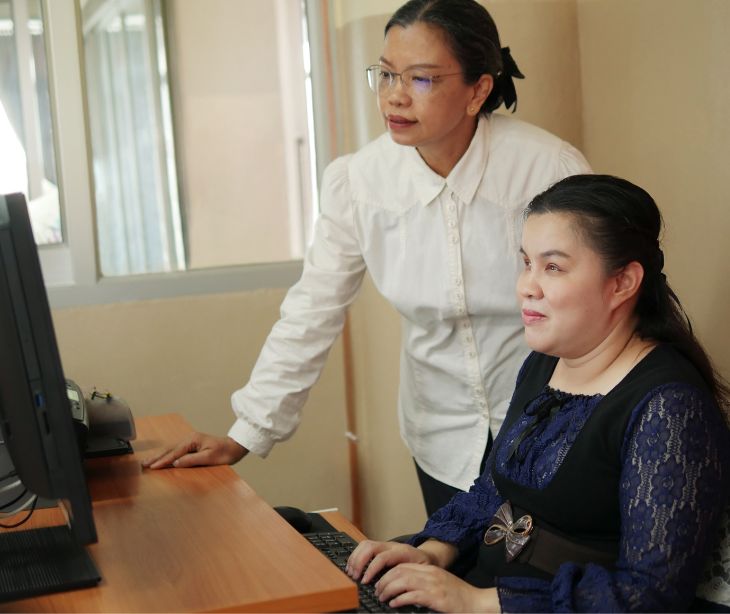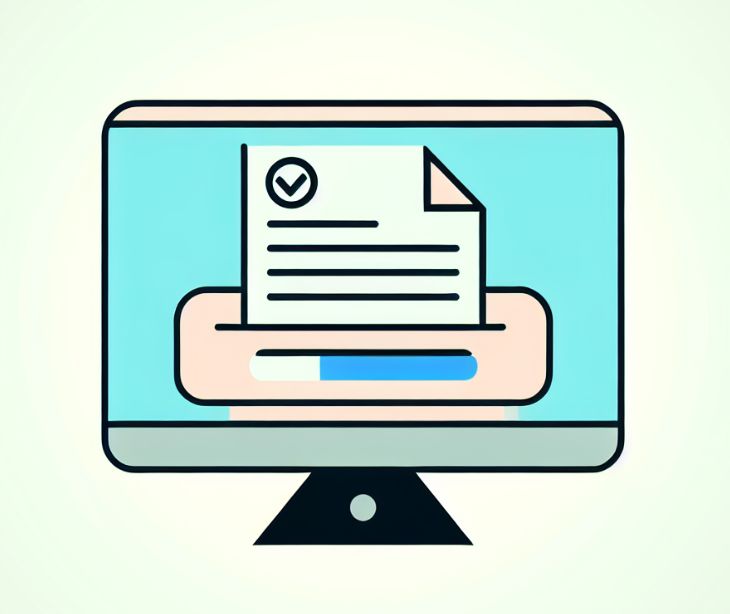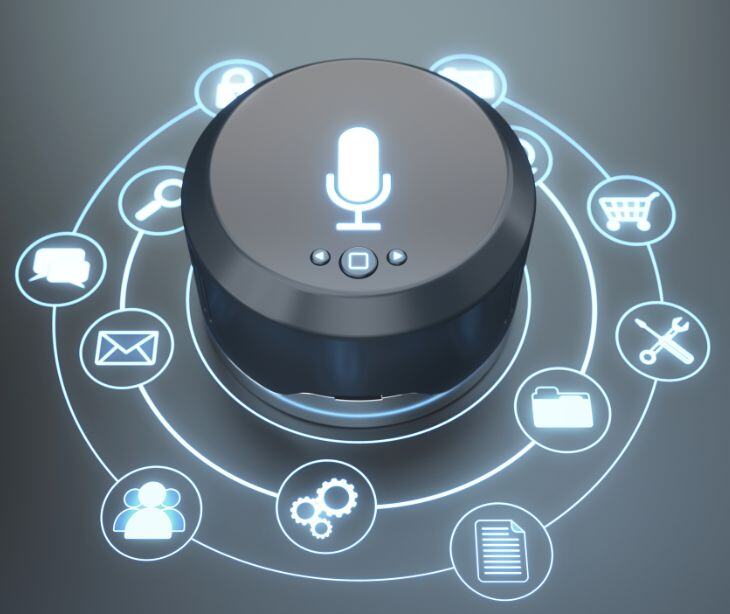
Making digital communication accessible for the visually impaired is essential. In 2016, the National Federation of the Blind reported that over 7,6 million (2.4%) adults in the United states had a visual disability. This sizable demographic highlights the importance of adopting inclusive practices in email communication to accommodate diverse needs. By prioritizing accessibility features such as alt text for images, clear and concise language, and structured email formatting, organizations can effectively reach and engage with this segment of the population. Furthermore, embracing accessibility aligns with legal requirements outlined in laws such as the Americans with Disabilities Act (ADA). Thus, by recognizing the scale of the visually impaired population and implementing accessible communication strategies, businesses and individuals alike can foster a more inclusive digital environment for all.
Challenges associated with visual impairment
Visual impairments can range from partial sight loss to complete blindness, impacting how individuals interact with digital content. Some common challenges include:
- Screen reader compatibility: Many visually impaired individuals rely on screen reader software to access digital content. However, not all email formats are compatible with screen readers, making it challenging to navigate and comprehend email messages.
- Image accessibility: Visual content such as images and graphics may not be accessible to individuals who rely on screen readers. Without alternative text descriptions (alt text), visually impaired individuals may miss out on crucial information conveyed through images.
- Complex layouts and formatting: Emails with complex layouts, excessive formatting, or embedded multimedia content can pose barriers to accessibility. Screen readers may struggle to interpret such content, leading to a disjointed or inaccessible reading experience.
Related: HIPAA compliance when communicating with patients with disabilities
Tips for effective communication with the visually disabled
To ensure effective email communication with visually impaired individuals, consider implementing the following tips and best practices:
- Use clear and concise language: Write your emails using clear, straightforward language to ensure readability for all recipients. Avoid using overly complex sentences or technical jargon that may be difficult to understand, especially when using screen reader software.
- Structure emails appropriately: Organize your email content using clear headings, subheadings, and bullet points to improve readability and navigation. Properly structured emails are easier for visually impaired individuals to navigate using screen readers.
- Provide alternative text for images: When including images or graphics in your emails, always provide descriptive alternative text (alt text). Alt text should describe the content or purpose of the image, enabling visually impaired individuals to understand its context.
- Avoid relying solely on color: Ensure that information conveyed through color is also communicated through text. Avoid using color as the sole means of conveying information, as visually impaired individuals may not be able to perceive color distinctions.
- Use accessible links: When including hyperlinks in your emails, use descriptive anchor text that clearly indicates the destination or purpose of the link.
- Provide text versions of multimedia content: If you include multimedia content such as videos or audio files, provide text-based alternatives such as transcripts or summaries. This allows visually impaired individuals to access the content through screen readers.
- Optimize email formatting: Use standard email formatting and avoid complex layouts or excessive use of formatting styles.
- Test accessibility: Before sending your email, test its accessibility using screen reader software or other accessibility tools. This helps identify any potential barriers to access and allows you to make necessary adjustments before sending the email.
- Offer assistance: Be proactive in offering assistance to visually impaired individuals who may encounter difficulties accessing or understanding your email content. Providing additional support or clarification demonstrates a commitment to inclusivity and accessibility.
See also:
- HIPAA Compliant Email: The Definitive Guide
- HIPAA compliant texting as a solution for visually impaired patients
FAQs
What is visual impairment?
Visual impairment refers to a condition where a person's vision is significantly compromised, impacting their ability to see and interpret visual information. It encompasses a wide range of visual impairments, from mild to severe, and can include conditions such as partial sight, low vision, and blindness
What is alternative text, and why is it important?
Alternative text (alt text) is a brief description of an image included in HTML code. It allows visually impaired individuals using screen reader software to understand the content and context of images within an email.
Related: The difference between HTML and plain text emails
What is a screen reader?
A screen reader is assistive technology software that helps individuals who are blind or visually impaired access and navigate digital content on computers, smartphones, and other devices.
Subscribe to Paubox Weekly
Every Friday we'll bring you the most important news from Paubox. Our aim is to make you smarter, faster.



